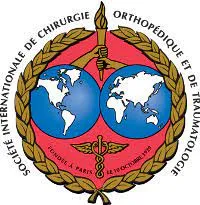POST-OPERATION GUIDE
Your doctor will give you specific postoperative instructions depending on your type of surgery. Here are some of the basic general instructions you need to follow after any surgery:
Take pain-relieving and other medications as advised. Pain-relieving medication should be taken with food. After the first 48 hours of surgery, take the pain medication only when needed.
Do not drink alcohol, drive a vehicle, operate any machinery, or sign a legal document for the first 24 hours after the surgery as the effects of the sedative and/or the anesthesia administered during the surgery may last for the first 24 hours of the surgery.
Use ice packs to control swelling. However, make sure that the ice bag does not leak into the dressing. Ice packs can be used liberally for the first 48 hours and even later if required.
Follow the specific restriction of activity, as advised. Remember that it is easier to prevent developing pain rather than managing it once it has already developed. Rest for a few days after the surgery and keep the operated extremity elevated, above the level of your heart, to control swelling.
Keep the dressing clean and dry to promote wound healing.
Try to begin physical therapy a day or two after the surgery. Exercises in the first week are usually aimed at regaining joint motion. Strengthening exercises are initiated later. Regular exercises are critical for a successful outcome.
Eat a healthy diet and drink plenty of non-alcoholic and non-caffeinated drinks.
Schedule your follow-up appointment with your doctor as advised.
Please consult your doctor immediately if you experience any of the following symptoms:
Increased drainage from the incision
Increased redness around the operated area
Increased swelling that does not decrease with ice and elevation
Foul odor
Fever greater than 101°F
Coldness, numbness, or blanched white or bluish color of the fingers or toes
Sudden calf pain or shortness of breath
Chest pain
Related Links:
Memberships



© Dr. Abdirashid Ismail | Fellowship Trained Hip & Knee Surgeon |


